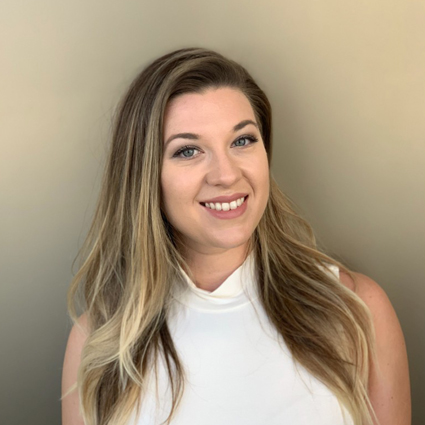Augmented Reality in PR Gives Publics a Chance to Experience your Brand
End of year lists are ripe with “the next big thing” and “what to watch out for” ahead. Approaching 2020, a new decade that has a futuristic ring to it, put trend spotters forecasting straight into a Jetsons world.
Augmented reality certainly sounds like it comes from the future, but it is high on the list of what is hot in 2020. Don’t overthink it. This isn’t a “Google glasses” prediction where we will all be walking around with wearable AR by spring. AR is actually already being used in public relations, like as 360-degree video on Facebook.
Research from a decade ago started the conversation about the benefits of AR:
- Experiential nature of AR contributes to customer satisfaction
- Helps nurture the consumer-brand relationship
- Enables publics to value your organization
Our friends at (W)right On Communications dove in to explore the possibilities for PR:
- Use AR to communicate experiences, not just messages – like being in the cockpit of the Navy’s Blue Angels jet
- Connect publics’ action to presence: the (W)right On Target post suggested “imagine that for every donation of $100 to a wildlife cause, an app creates a 360 video of you surrounded by elephants at a watering hole or sitting with a panda bear in a tree and gives you the option to share it on your social networks”
- Drive behavior change through immersive storytelling (reminding us of Dr. Grace Ahn’s VR research about how cutting down virtual trees leads people to save paper)
- Create an AR case study rather than a long, boring white paper
- Use AR as information subsidies to send to media with your press releases
A Case Study: Practice What You Preach
Looking themselves to push the practice forward, the PR team at the Broom Center experimented with an AR collaboration at San Diego State University this fall.
The team held their weekly staff meetings in the VITaL lab, short for Virtual Immersive Teaching and Learning. The room is outfitted like a geek’s dream: 360-degree cameras and headsets from the inexpensive cardboard variety up to the most sophisticated on the market.
Paige Shewmaker, the PR team lead this fall, wanted to create an AR tactic to help the Broom Initiative connect the people of PR with the Broom Center’s namesake.
Shewmaker, messaging team lead Gabe Wahl and Rachel Melnick brainstormed a virtual timeline to showcase milestones in Dr. Glen Broom’s career and his impact on the profession.
One problem. None of them knew how to create an AR product.
As it turns out, SDSU has a Virtual Reality Club. And the VR Club was willing to take on the project with the Broom Center as their client.
“The VR Club stepped up,” began Wahl. “They had such positive energy and helped us out in a short turnaround.”
Melnick volunteered to be the AR timeline content creator and worked directly with the club. She provided them photos and a narrative for the AR timeline.
There were only a few weeks between the VR Club’s first meeting with the Broom team and the debut of the Broom virtual timeline.
“They did an amazing job with the content we gave them,” said Shewmaker. “They truly brought to life our vision of a virtual timeline of Dr. Broom. I am so glad we were able to collaborate on this project and make use of such a great resource on campus.”
Melnick received training on setting up and operating the timeline tactic from the club. She set up an AR station at two separate events this fall, which drew PR professionals and professors from around the nation on the sidelines of the Public Relations Society of America International Conference.
“Putting on the headset made people feel like they were transported into a museum,” said Melnick recounting the excitement of the people who went through the AR timeline. “They were able to create a connection through this experience learning about Dr. Broom’s life. Each attendee was blown away by the technology and only had positive things to say afterward.”
The AR timeline in the Broom Initiative campaign is credited with raising awareness of Dr. Broom’s role as the professor of the profession by more than 10% over a single one week. Without the AR tactic, the team is not sure that they would have achieved their ambitious campaign objective.
“AR is an excellent tool in public relations, because it creates such a personal connection to the content you’re seeing,” said Wahl.
Melnick agreed, and it seems AR is near the top of her “what’s hot in PR in 2020” list too.
“I believe AR should be used in all future campaigns,” began Melnick. “Working with the VR Club was such an easy process, and it took our storytelling to the next level.”
The Broom Center is thankful for the use of the VITaL lab for weekly staff meetings during the fall 2019 semester. The AR tactic came to life thanks to the hot tip from SDSU’s ITS faculty support specialist Michelle Peterson that the VR Club at SDSU could serve as a resource. Loan of mobile virtual reality headsets and equipment for the AR tactic was kindly coordinated by VITaL’s Dr. Sean Hauze.

